The Essential Boomer Album Collection - Part 3
"Sweet Baby James" (1970)
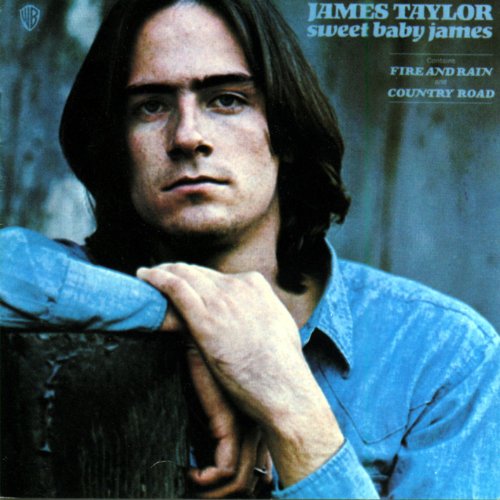 James Taylor might be the first superstar to emerge in the 1970’s. His classic album, “Sweet Baby James” was released just two months into the new decade.
James Taylor might be the first superstar to emerge in the 1970’s. His classic album, “Sweet Baby James” was released just two months into the new decade.
In point of fact, it was Taylor’s second studio album. His first, titled after himself, had been released on the Beatles’ Apple label two years earlier. It was a respectable debut, garnering favorable reviews and a smattering of FM airplay. But Taylor’s drug usage put him in the hospital when he should have been on the road promoting the album.
Here’s the story behind the making of this classic.
Fortunately, Apple’s head of A&R (artists and repertoire) and the man who produced Taylor’s debut was Peter Asher, sister of longtime Paul McCartney girlfriend Jane Asher and one-half of the 1960’s British pop mainstays Peter & Gordon.
Asher brought Taylor back to his native America, got him a new record deal with Warmer Brothers and set about producing the album that became “Sweet Baby James.”
In the intervening two years, pop tastes had shifted in Taylor’s direction. His softer, country-influenced tunes were exactly what people wanted to hear. It also helped that Warner Brother had a far better promotion department than Apple.
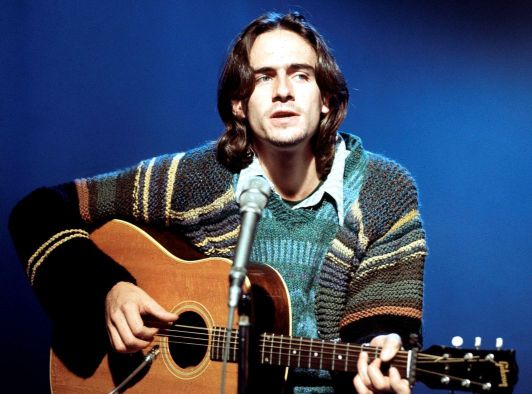 Powered by the blockbuster single “Fire and Rain” (about Taylor’s stay at a mental institution among other things), “Sweet Baby James” quickly became a “must have” for any music-conscious Boomer. The LP eventually reached #3 on Billboard’s Hot 100 Albums chart. It also reached the top 10 in the UK and Canada. Other tracks of the album that received considerable airplay included: “Sunny Skies,” “Steamroller” “Country Road,” and the title track.
Powered by the blockbuster single “Fire and Rain” (about Taylor’s stay at a mental institution among other things), “Sweet Baby James” quickly became a “must have” for any music-conscious Boomer. The LP eventually reached #3 on Billboard’s Hot 100 Albums chart. It also reached the top 10 in the UK and Canada. Other tracks of the album that received considerable airplay included: “Sunny Skies,” “Steamroller” “Country Road,” and the title track.
A few interesting facts about this rock classic:
- Several of the top session men lent their talents to the album including Red Rhodes (steel guitar), Russ Kunkel (drums) and Danny Kortchmar (guitar)
- Future Eagle Randy Meisner played bass
- Carole King played piano and contributed some backing vocals
-Taylor was so broke at the time that he was essentially homeless. While he was recording the album, he was crashing at the home of producer Asher, guitarist Kortchmar or anyone who would take him in
- The LP’s final track, “Suite for 20G” is a not-so-subtle reference to the $20,000 Warners promised to pay Taylor when the completed album was delivered. Desperate for the cash, Taylor took three unfinished songs and strung them together so he could wrap up the sessions and get that much needed money
Rolling Stone has ranked “Sweet Baby James” #103 on their list of the greatest albums of all time. VH1 named it #77 on a similar ranking.
Happy Independence Day!
From Gilligan's Island and everyone in Boomtown America!
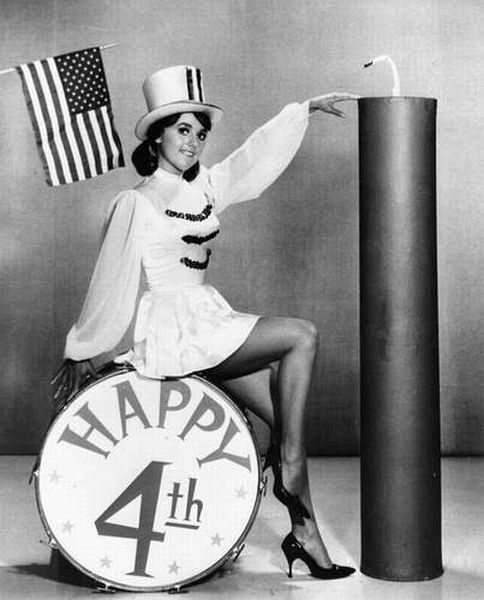
This Day in Rock History - July 7th

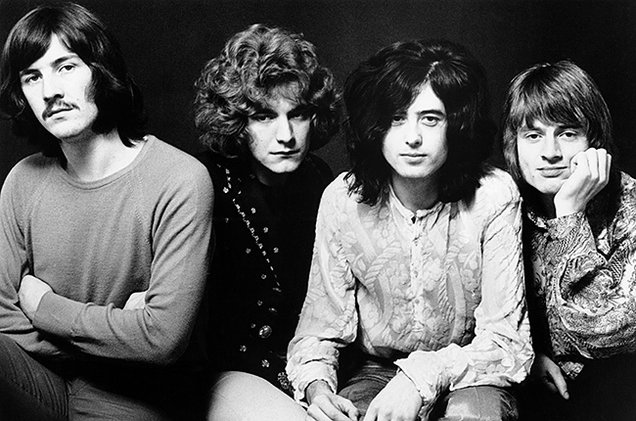 1968: Following a gig in Luton, England, the Yardbirds disband.
1968: Following a gig in Luton, England, the Yardbirds disband.
Their guitarist, a young kid named Jimmy Page, decides to try and honor some of the gigs the band had committed to and starts recruiting members for “the New Yardbirds.” He gets Robert Plant, John Paul Jones, and John Bonham. Wonder how that worked out?
This Day in Rock History - July 6th
 1957: A day that not only changed music history, but cultural history as well.
1957: A day that not only changed music history, but cultural history as well.
It was on this day that a young Paul McCartney met John Lennon when Paul showed up at a church in Liverpool where John’s band the Quarrymen was playing.
In between sets, Paul demonstrates his proficiency on guitar to John, singing Eddie Cochran’s “Twenty Flight Rock.” John decides to include him in the band.
This Day in Rock History - July 5th
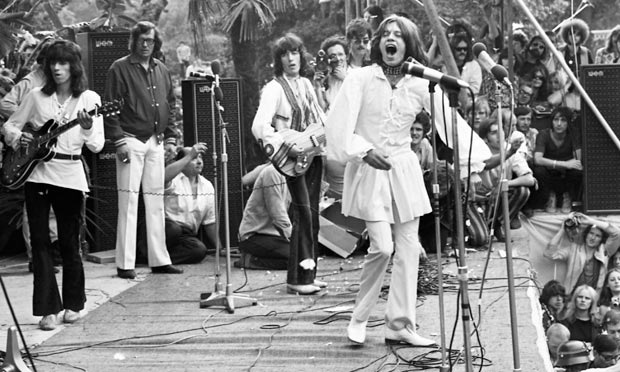 1969: A free concert in London’s Hyde Park that had been planned for months is turned into a memorial concert for Brian Jones when the former Rolling Stone dies just days before the event.
1969: A free concert in London’s Hyde Park that had been planned for months is turned into a memorial concert for Brian Jones when the former Rolling Stone dies just days before the event.
Mick Jagger reads a poem by Shelly in tribute and the band releases thousands of butterflies over the gathered crowd.
Pillow Talk (1959)
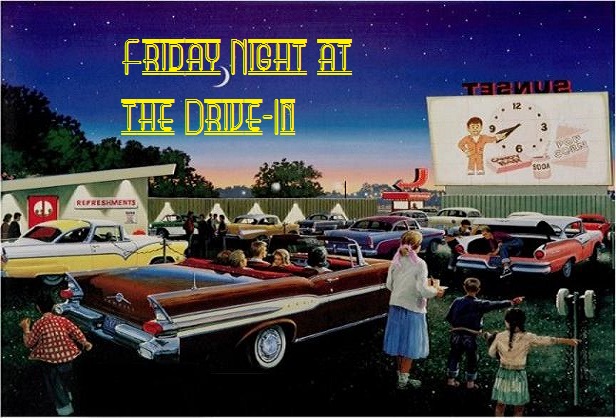 If one comedy personified how Americans saw themselves in the early 1960’s, that comedy would be Pillow Talk. This first teaming of Doris Day and Rock Hudson was instant box office gold, racking up $18 million in ticket sales (back then, that was a blockbuster!) and leading to more on-screen teamings of the two.
If one comedy personified how Americans saw themselves in the early 1960’s, that comedy would be Pillow Talk. This first teaming of Doris Day and Rock Hudson was instant box office gold, racking up $18 million in ticket sales (back then, that was a blockbuster!) and leading to more on-screen teamings of the two.
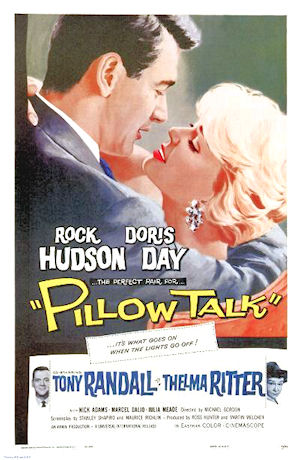 Now, the entire premise of Pillow Talk makes it impossible to remake today. It revolves around something we once called a “party line.”
Now, the entire premise of Pillow Talk makes it impossible to remake today. It revolves around something we once called a “party line.”
Most people would have trouble remembering a time without cell phones, let alone a time when even the most glamorous of people (like Hudson & Day’s characters in this comedy) had to share their telephone line with total strangers.
The gimmick is a clever twist on the mistaken identity meme quite common in farce.
High level interior decorator Jan Morrow (Day) and skirt-chasing Broadway composer Brad Allen (Hudson) share a party line in midtown Manhattan. His monopolizing of that line leads to verbal fireworks and an on-going feud.
Until they meet when, of course, they immediately fall in love. However, Hudson quickly realizes who Day really is and invents a phony persona, Texas tycoon Rex Stetson to woo the unsuspecting and always virginal Ms. Day.
Enter an irony that makes watching the film today even more of a hoot. Brad Allen via the party line keeps suggesting to Morrow that “Rex Stetson,” the lover boy he’s pretending to be, may be “a little light in the loafers” as people used to say.
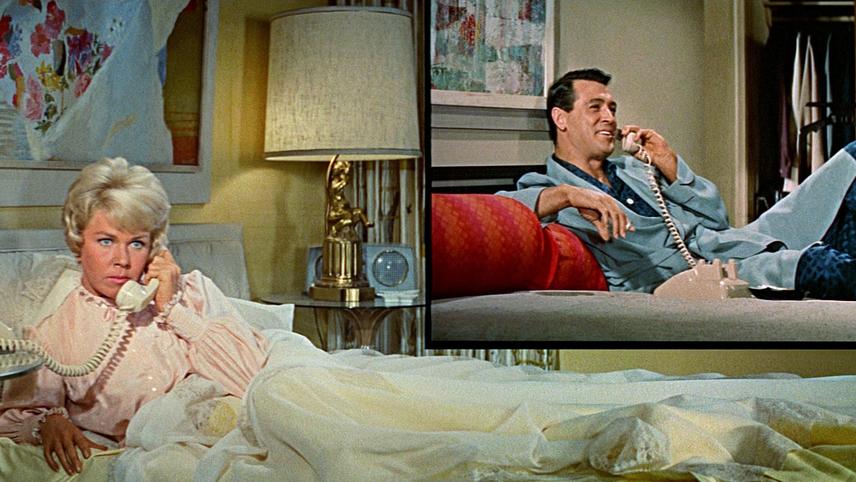 Knowing what we do now about Hudson’s private life, those scenes take on a surreal quality.
Knowing what we do now about Hudson’s private life, those scenes take on a surreal quality.
And scope out Hudson’s New York “apartment.” It’s a two-story number with a circular staircase between floors. Only slightly smaller than the Taj Mahal, one wonders where in Manhattan one could find such a showplace. And is it rent-controlled?
Anyway, the whole film is a delightful time capsule that shows us not as we really were, but as we wished we could have been.
Of course, the duo, along with sidekick Tony Randall, would be back in other comedies like Lover Come Back and Send Me No Flowers, with Doris somehow regaining her virginity. But this first entry is still the best, having earned an Oscar for Best Original Screenplay as well as nominations for Day and female co-star Thelma Ritter.
Pillow Talk is available on disc and streaming services online.
This Day in Rock History - July 4th
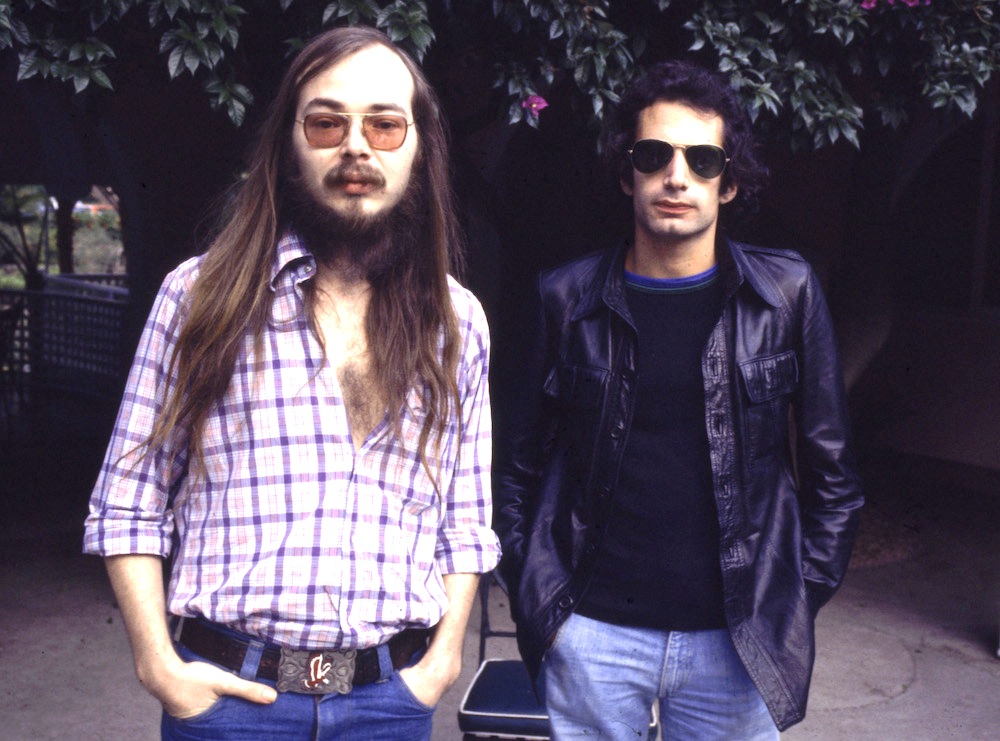
1974: Steely Dan plays what was supposed to be their final concert date in Santa Monica, California. Walter Becker and Donald Fagen go their separate ways, but reunite 18 years later.
This Day in Rock History - July 3rd


Much is made about “the day the music died,” commemorating the day that Buddy Holly, Richie Valens and the Big Bopper perished in a single plane crash.
Today is pretty sad as well.
1967: Brian Jones, one of the founding members of the Rolling Stones is found face down in his swimming pool, an apparent drug related death.
1971: Jim Morrison is also found in water. The Doors’ lead singer is discovered in his Paris bathtub. The cause of his death was officially listed as “heart failure,” although there is also evidence that it may have been a drug overdose.
Being Debt Free Could Hurt You
If you’ve managed to eliminate debt for your life, good for you! But before you cut up ALL your credit cards, we have something you may need to think about.
Leaving without credit can actually have a negative impact on your credit score. If you don’t have any debt, your credit will simply disappear.
Why is that a bad thing? Without a credit score, you may wind up pay higher rates for things like auto and home insurance. You may have trouble leasing a car or singing up for cable, internet or cell phone service. And you’ll have real trouble should you ever need something like a car loan.
Experts recommend that you keep at least one card and use it regularly for smaller purchases, such as gas or groceries. If you pay off the card promptly, you won’t amass any debt, plus you’ll keep your credit score high.
The TV That Time Forgot: Hawaiian Eye
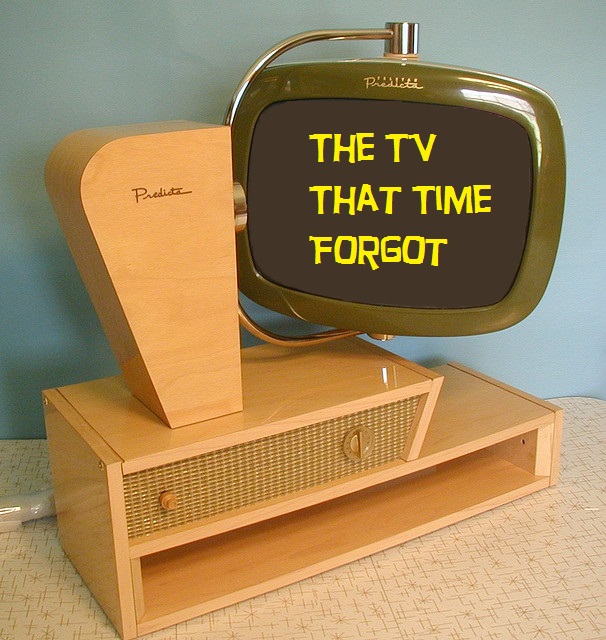 In show biz, imitation may not be the sincerest form of flattery, but it is the most predictable.
In show biz, imitation may not be the sincerest form of flattery, but it is the most predictable.
When 77 Sunset Strip was a rating success in the 1958 -59 TV season, Warner Brothers immediately began working up other series with the same basic components.
First, you need an exotic, but American locale. Hawaii was perfect. Not only was it tropical, but it was very topical as well. During 1959 and 1960, Hawaii was on its way to becoming our 50th state.
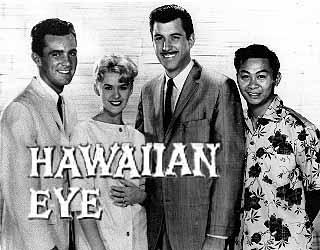
Next, you add a handsome but mature leading man (the Efrem Zimbalist of the show). For Hawaiian Eye, that would be Anthony Eisley as Tracy Steele.
Add to that the younger private eye (the Roger Smith of the show). That was a young Robert Conrad, making his debut as TV series regular as Tom Lopaka, allegedly half-Hawaiian, although Conrad certainly didn’t look or sound even partially Polynesian, but he did emerge from the swimming pool with his shirt off quite often.
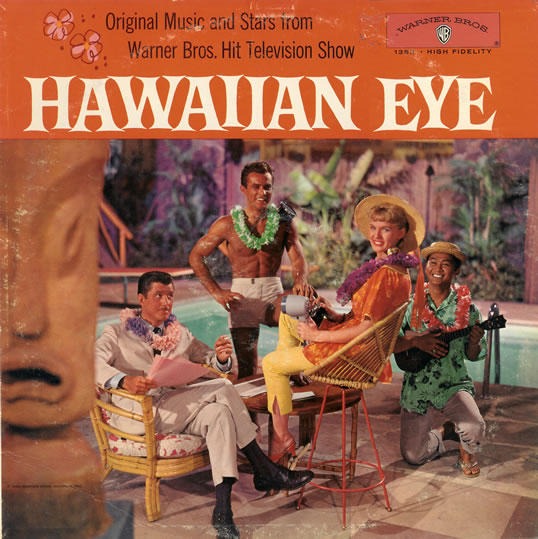 For teen appeal (the Ed “Kookie” Brynes of the show), Warners cast a young actress they also hoped might have a singing career, Connie Stevens as Cricket Blake. Cricket was certainly kept busy. When not sleuthing with the boys, she ran the hotel’s gift shop, took photos of the guests and sang in the hotel’s cocktail lounge. She also found time to flirt shamelessly with both Eisley and Conrad.
For teen appeal (the Ed “Kookie” Brynes of the show), Warners cast a young actress they also hoped might have a singing career, Connie Stevens as Cricket Blake. Cricket was certainly kept busy. When not sleuthing with the boys, she ran the hotel’s gift shop, took photos of the guests and sang in the hotel’s cocktail lounge. She also found time to flirt shamelessly with both Eisley and Conrad.
Hawaiian Eye’s comic relief character (the Roscoe of the show) was local cab driver Kim Quisado, played by Poncie Ponce. One of the running bits on the show involved Kim having relatives all over the island who would occasionally lend a hand in the caper of the week.
Finally, the show also featured a snappy, uptempo title tune crooned by vocal quartet.
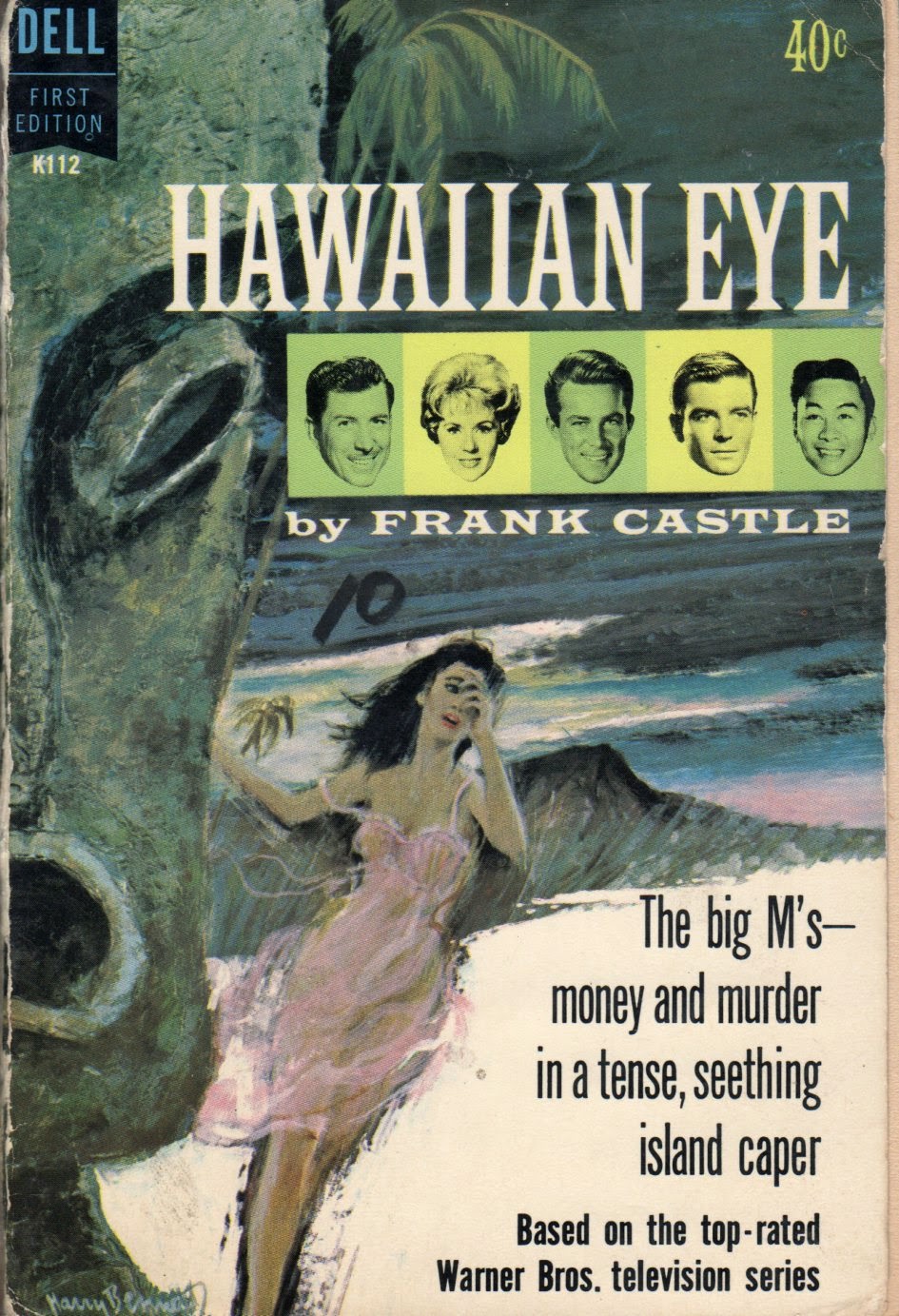 Warners Brothers would go on to try the formula two more times (with Surfside 6 and Bourbon Street Beat, set in Miami and New Orleans respectively), but Hawaiian Eye was far and away the most successful of the Sunset Strip clones.
Warners Brothers would go on to try the formula two more times (with Surfside 6 and Bourbon Street Beat, set in Miami and New Orleans respectively), but Hawaiian Eye was far and away the most successful of the Sunset Strip clones.
Like their other detective shows, the episodes were really filmed in and around L.A. with location footage edited in. This made it easy for characters from other Warner Brothers series to crossover. In fact, the Hawaiian Eye detectives showed up on 77 Sunset Strip on one occasion with the Sunset Strip team returning the favor.
The show ran for 4 seasons on ABC from 1959 to 1963. Eisley left the show after the 3rd season and was replaced by Troy Donahue (who came over from the just-cancelled Surfside 6). In those days, TV seasons could stretch well beyond 30 episodes per. In all, Hawaiian Eye filmed 134 episodes and did quite well in syndication until black and white series lost their appeal.
Afterwards, it faded into memory. To date, there has been no home video release although reruns have occasionally shown up on those nostalgia cable channels.
Pop Up Player
Latest Posts–Movies & TV
-
The TV That Time Forgot: Annie Oakley
There was a time when Westerns dominated television programming so thoroughly that it was tough (with no home video, no streaming, and just 3 networks if you lived in a city big enough to have…
-
The TV That Time Forgot: My Living Doll (1964-65)
For a show that lasted only a single season, a surprising number of Baby Boomers remember the situation comedy My Living Doll. Perhaps that’s because once seen, Julie Newmar cannot easily be forgotten. The situation…
-
Alfred Hitchcock Presents
While often lumped together with “The Twilight Zone” and “Boris Karloff’s Thriller,” “Alfred Hitchcock Presents” is the true original, debuting 4 years before TZ and 5 before “Thriller.” Alfred Hitchcock’s show was also different than…
-
The TV That Time Forgot: The Donna Reed Show
For 8 seasons, The Donna Reed Show provided Baby Boomers with a sort of Mother Knows Best amid a ton of family sitcoms focused on the father. Cast as Donna Stone, Donna presided over a…
-
Friday Night at the Drive-In: Lover Come Back (1961)
Sequels & remakes? Nothing new here – Hollywood’s been recycling stuff ever since the first “magic lantern shows.” Want proof? Let’s settle in to watch one of those terribly puritanical “sex comedies” from the Sixties…
-
The TV That Time Forgot: The Millionaire
Boy! Could we use a show like this in real life! From 1955 to 1960, for 5 seasons an eccentric millionaire would give away $1 million to somebody he never even met. We were allowed…



